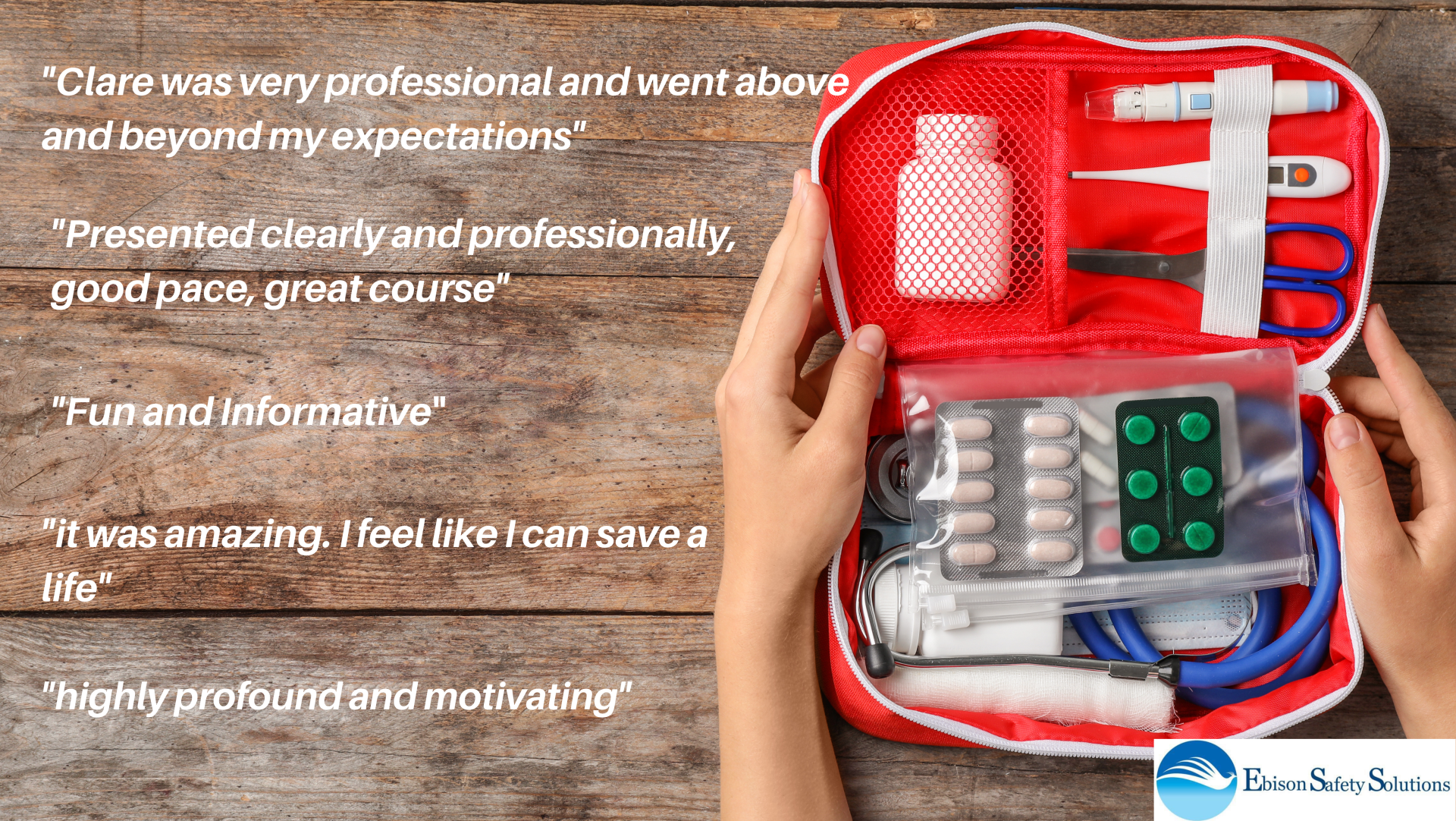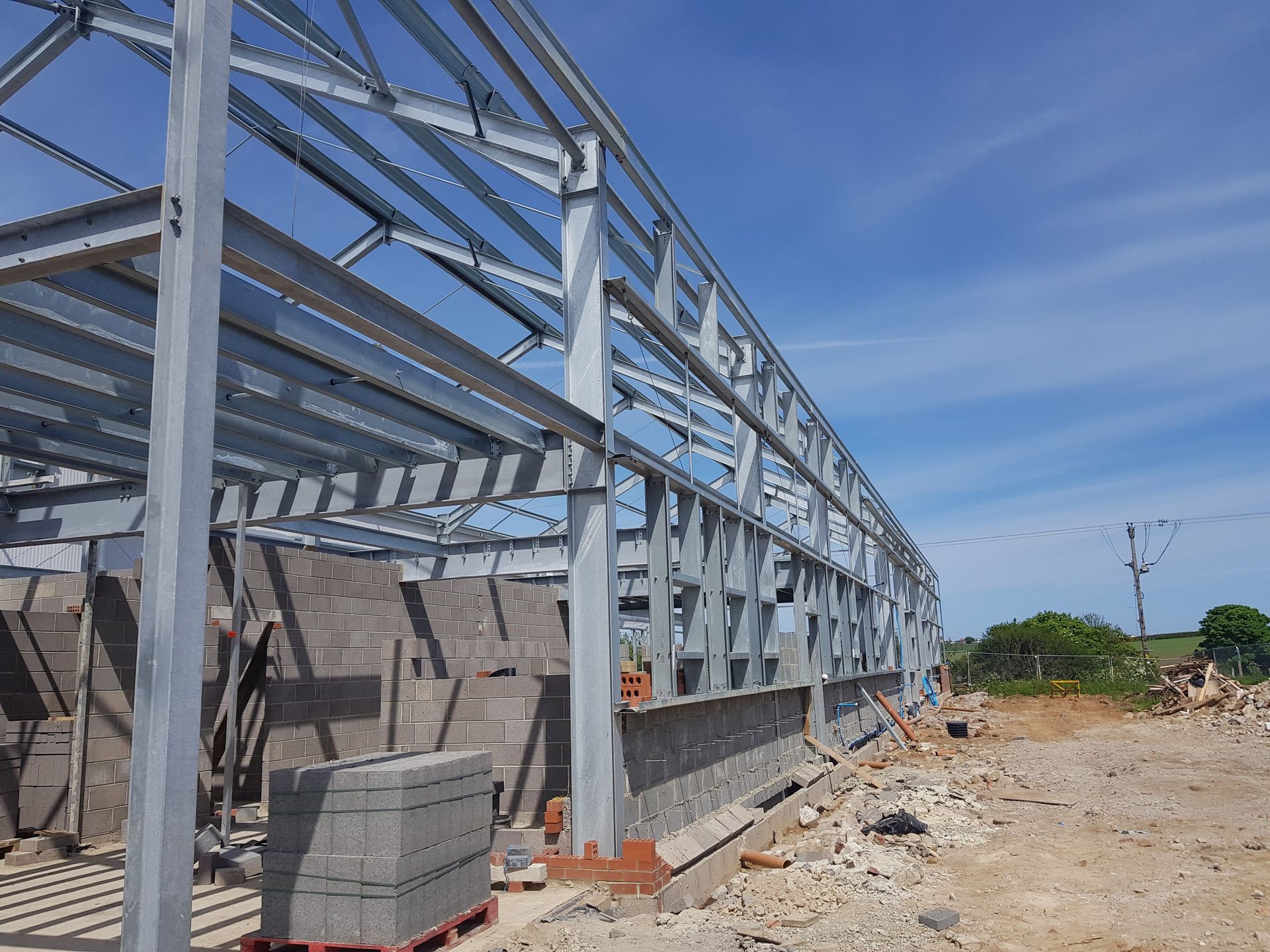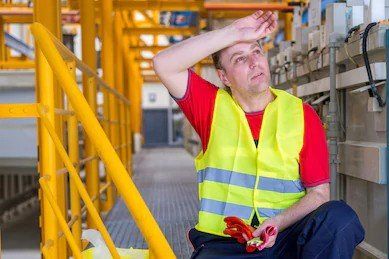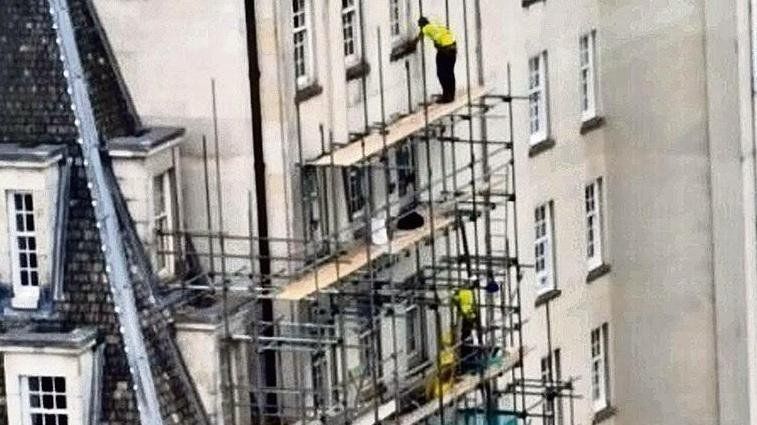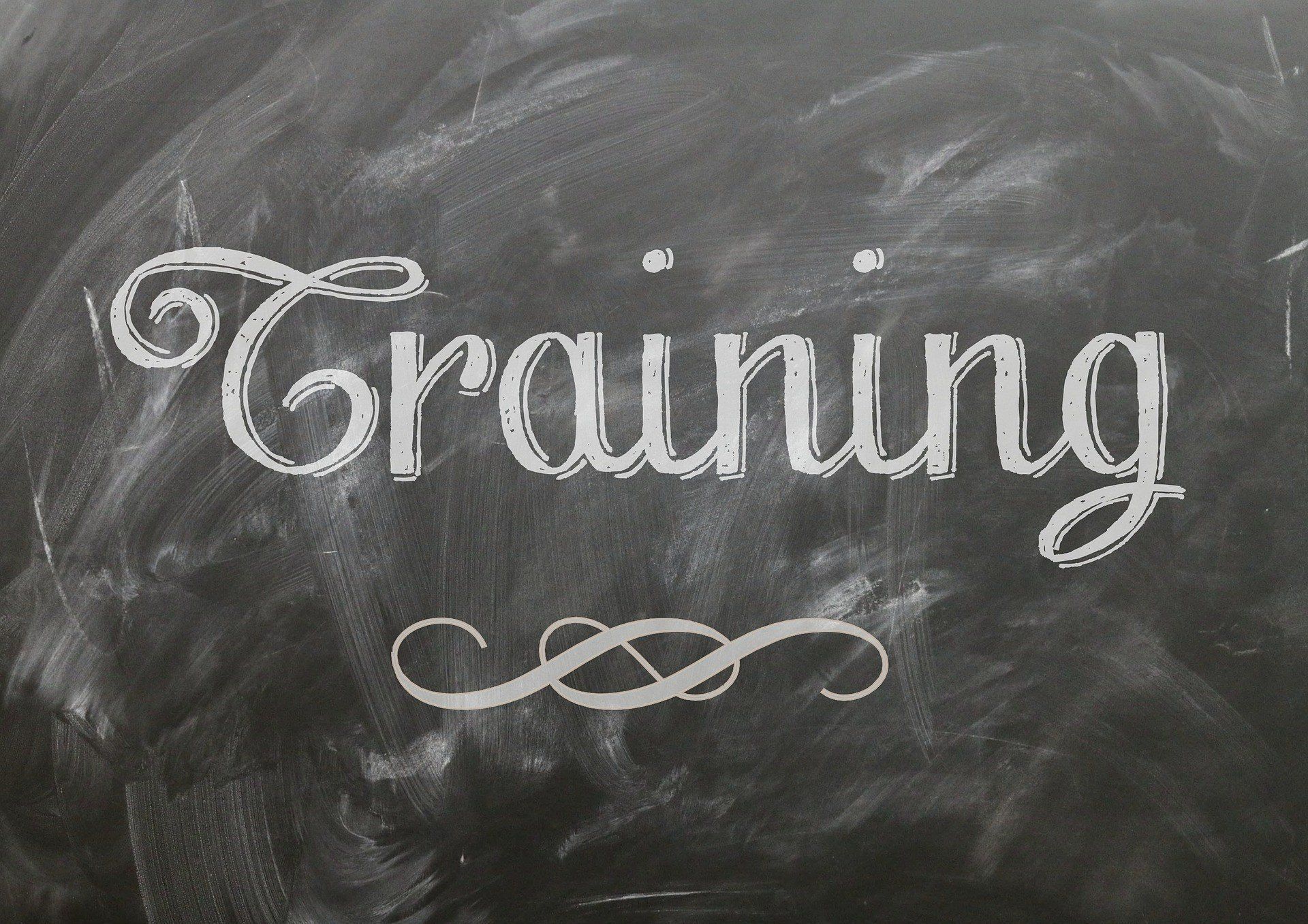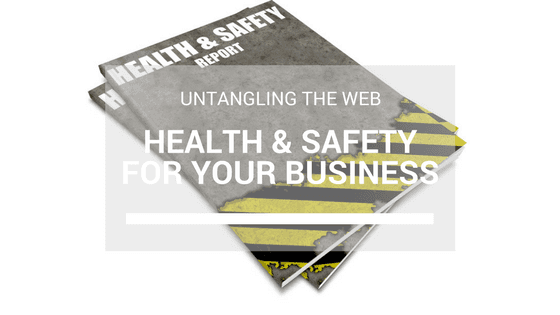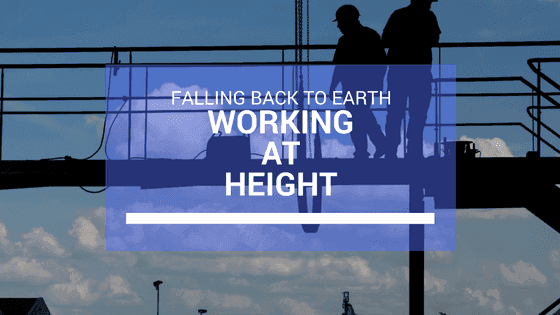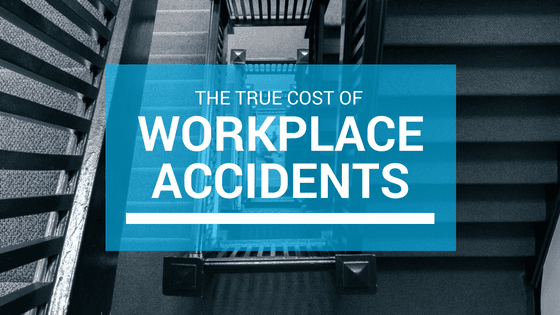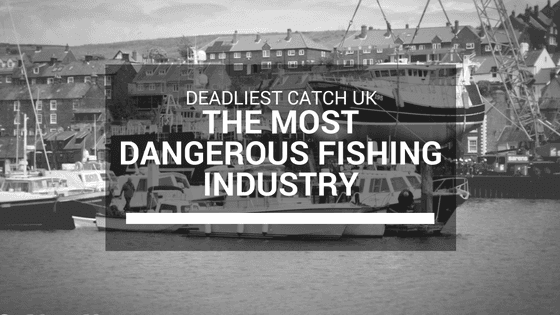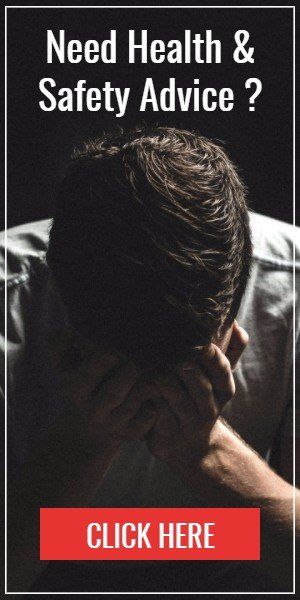Blog Post
Returning to work in the construction industry
- By Clare Ebison
- •
- 11 May, 2020
- •
Covid-19 - the new normal
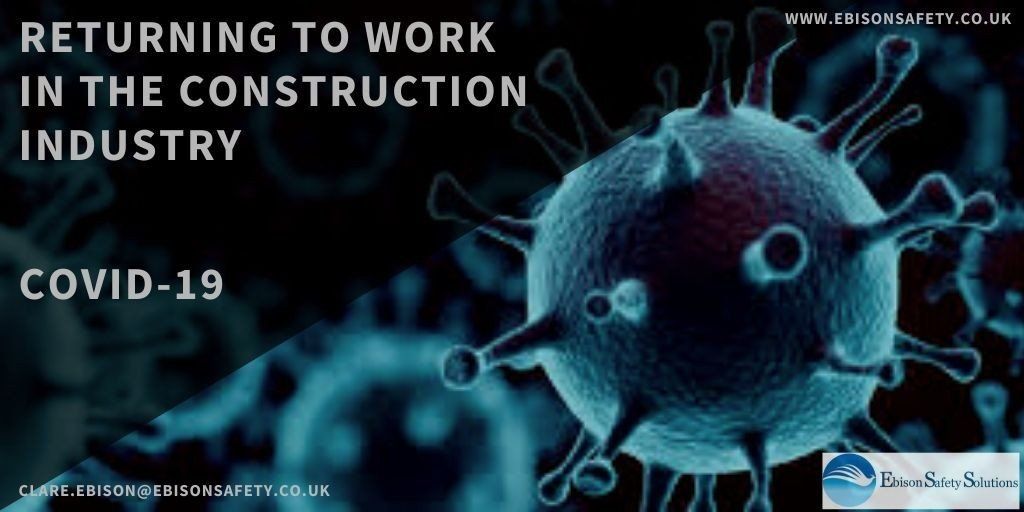
Last night, 10th May 2020, the Prime Minister Boris Johnson announced a "conditional plan" to reopen society and to begin to allow some sectors to move forward. The construction and manufacturing industries were two sectors that were mentioned specifically as sectors where work could continue again with careful control and planning.
We all know how important it is to ensure that we do our best to help combat and control the virus and to protect our society. Our actions in returning to work are going to play a huge part in helping limit the spread over the coming weeks and months.
The construction industry has been greatly effected by the crisis, while the UK government maintained that construction activities could continue with stringent controls in place many construction firms took the decision to halt all but essential works in order to protect their staff.
Now with the UK government encouraging the construction industry back to work there are many question circulating over what this means as far a the obligations and requirements of the business owner and the rights and responsibilities of the staff.
Now with the UK government encouraging the construction industry back to work there are many question circulating over what this means as far a the obligations and requirements of the business owner and the rights and responsibilities of the staff.
The quick answer to a lot of the questions is, that nothing has really changed since last week. The same requirements for protecting staff are in place as before.
Additionally;
Responsibilities and obligations under health and safety legislation have not changed in light of COVID-19. Section 2 and 3 obligations under the Health and Safety at Work, etc. Act 1974, where every employer owes a duty of care to, as far as reasonably practicable, provide a safe place and system of work for their employees and any person in relation to their activities. to quote one of many but I think this one catches the general idea quite well.
Additionally;
Responsibilities and obligations under health and safety legislation have not changed in light of COVID-19. Section 2 and 3 obligations under the Health and Safety at Work, etc. Act 1974, where every employer owes a duty of care to, as far as reasonably practicable, provide a safe place and system of work for their employees and any person in relation to their activities. to quote one of many but I think this one catches the general idea quite well.
What do I need to do/ think about?
This is not an exhaustive list by any mean but hopefully will give you a good idea of the sort of thing you should be doing and considering.
- Your RAMS will need to be updated. You risks will have changed so you risk assessments should to. Method statements will need updating to cover social distancing and additional controls, they should reflect you risk assessments. It is also recommended that you have a COVID-19 specific risk assessment along side you other assessments to make sure you have everything captured.
- Other site specific documents will need updating - Construction phase plans for example.
- Site induction and safety information to be updated to include COVID-19 controls and should be provided to all staff - consider booklets and other means of non face to face delivery.
- Site sanitation to be planned and implemented, all common contact points, door handles etc to be cleaned sanitised regularly.
- Travel to a from work sites - vehicle sharing should be kept to same house holds only where possible. If two people from different house holds need to share a vehicle then passengers should be kept to a minimum and seating planned to ensure maximum distancing. Shared vehicles to be sanitised after use.
- Use of plant. Ideally plant should be limited to a single driver, where this is not possible plant should be sanitised after use. Good ventilation to be maintained through open windows where possible.
- Travel routes on site including pedestrian routes should be assessed and one way systems considered to avoid congestion in corridors.
- Welfare facilities will need sanitising frequently, a lot of dedicated welfare cabins would not be big enough to allow for social distancing for staff on break times, staggering breaks and use of other rooms/ site areas to be considered.
- Hand sanitation facilities to be provided. Ideally staff should have access to hand washing facilities but if this is not possible then hand sanitiser should be provided.
- Work groups should be kept to a minimum size and should be kept the same where possible, this prevents unnecessary contact with others.
- Social distancing should be maintained at all times where possible!
- Where social distancing is not possible for a task each task should be assessed, can it be pushed back in the construction plan to avoid the immediate risk.
- If this is not possible then all face to face (with in 2m) contact should be kept to a maximum of 15min and skin contact avoided.
- PPE to be considered for tasks that require close working.
- Use of lifts and man hoists should be avoided, where this is not possible then capacity should be reduced and all touch points should be cleaned after use.
PPE/RPE
There has been much talk over the last few weeks about PPE and RPE - personal protective equipment and respiratory protective equipment. This has lead to a lot of confusion.
Disposable gloves can be useful in COVID-19 protection where staff are at risk of skin to skin contact or are required, for the duration of an activity, to use common contact points. Gloves should be worn for the single activity only then disposed of responsibly.
We have all see people walking around the supermarket wearing gloves, this is completely ineffective, it does not prevent cross contamination (it actually increases it because of a false sense of security) and will not protect the user - the longer they wear the gloves the more likely the are to touch their face.
Hand washing remains more effect.
Masks:
Masks are mostly effective in preventing additional spread from coughs and sneezes or if people are working in close proximity to each other.
For the COVID-19 protection of staff on a construction site who have to work within 2m of each other FFP2 or FFP3 masks should be used. These should be used for a single activity only and then disposed of responsibly. Masks worn for prolonged periods of time become ineffective and can increase the risk.
All staff should be informed of the correct use of PPE/RPE
- PPE and RPE should continue to be used in line with controls set down in you risk assessments and method statements.
Disposable gloves can be useful in COVID-19 protection where staff are at risk of skin to skin contact or are required, for the duration of an activity, to use common contact points. Gloves should be worn for the single activity only then disposed of responsibly.
We have all see people walking around the supermarket wearing gloves, this is completely ineffective, it does not prevent cross contamination (it actually increases it because of a false sense of security) and will not protect the user - the longer they wear the gloves the more likely the are to touch their face.
Hand washing remains more effect.
Masks:
Masks are mostly effective in preventing additional spread from coughs and sneezes or if people are working in close proximity to each other.
For the COVID-19 protection of staff on a construction site who have to work within 2m of each other FFP2 or FFP3 masks should be used. These should be used for a single activity only and then disposed of responsibly. Masks worn for prolonged periods of time become ineffective and can increase the risk.
FFP2 and FFP3 are standards to verify protection a mask offers from avian flu, SRAS, tuberculosis, as well as infection respiratory pathogens, and bacteria.
The two classifications also signify the number of particulates filtered out by the mask, the FFP2 filters 94% and FFP3 filters 99%.
Surgical masks, home made masks etc are not suitable protection!All staff should be informed of the correct use of PPE/RPE
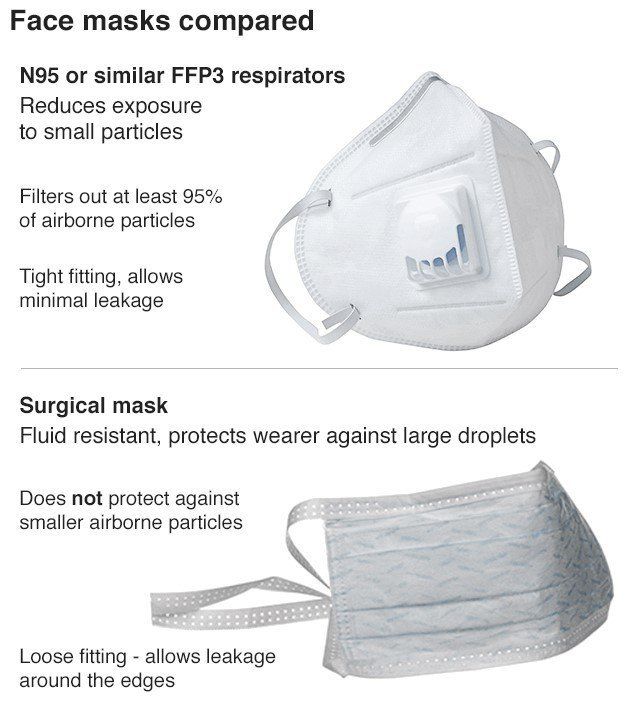
Coordinating contractors and other persons on site
As before COVID-19 contractors and site visitors need to be coordinated and controlled. Under CDM 2015 clients and principal contractors are responsible for the safety of those on site including visitors and contractors.
This coordination is of key importance at the moment to help protect everyone.
This coordination is of key importance at the moment to help protect everyone.
- Client/ principal contractor needs to ensure that all contractors have updated RAMS in place for COVID-19
- Contractor time on site to be coordinated with other teams and workers to ensure that staff numbers are kept to a level that allows effective social distancing.
- Site visitors to be kept to a minimum.
Thank you for reading!
If you would like further advice please call me on 07765012152 or email me here
Clare Ebison.
If you would like further advice please call me on 07765012152 or email me here
Clare Ebison.
Share
Tweet
Share
Mail

